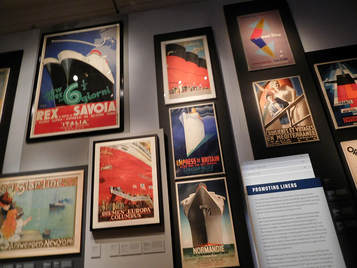 Ocean liners have earned a place in history. During the era of ocean liner travel, these ships transported millions of immigrants from Europe to North America and Australia, they provided a transportation link between the nations of the world, carried troops, acted as hospitals during times of war and were at the forefront of technology. Thus, one might well expect to find an exhibition about ocean liners at a history museum. But what do ocean liners have to do with art? “Ocean Liners: Speed and Style” at London's Victoria and Albert Museum explores this question with 250 objects, including paintings, sculpture, and ship models, alongside objects from shipyards, wall panels, furniture, fashion, textiles, photographs, posters and film. Beginning with Brunel’s steamship, the Great Eastern of 1859, the exhibition traces the design stories behind some of the world’s most luxurious liners including the Beaux-Arts interiors of Kronprinz Wilhelm, Titanic and its sister ship, Olympic; the floating Art Deco palaces of Queen Mary and Normandie; and the streamlined Modernism of SS United States and QE2. The answer to the above-stated question is that ocean liners intersected with art in quite a few ways. First, ocean liners intersected with art as architecture. Beginning in the early 20th century, ocean liners grew from being mere vehicles for transportation into environments in which thousands of people lived. Streamlined, they took on lines which influenced architecture both at sea and on land. Similarly, they also influenced the engineering design of the day. Just as a great building is art, so is a great ship. Second, there is interior design. In order to attract passengers, particularly, well-to-do passengers, the ocean liners developed luxurious interiors. At first, the shipping lines sought to imitate the grand hotels ashore but over time they created their own styles. Furthermore, as ocean liners became symbols of national pride, they were filled with artistic treasures. Art Deco works from the 1930s French liner Normandie can now be found in major museums such as the Metropolitan Museum. Similarly, the interiors of Cunard Line's Queen Mary and Queen Elizabeth showcased works from around the British Empire. The examples of ocean liner furniture and paneling included in the exhibition demonstrate the quality of this decoration. Along the same lines, the shipping lines did not just rely on word-of-mouth to attract customers. In order to lure passengers aboard, they created posters and brochures advertising the ships. Whereas today's advertising relies primarily on glossy photographs, these advertisements often involved drawings and other artistic depictions of the ships and life at sea. In addition, the graphic layouts were often artistic. The ocean liners also influenced fashion. During the Golden Age of Ocean Liner travel, people dressed while at sea. Elegant gowns, dinner suits, blazers and day wear were necessities for a first class voyage. Passengers displayed the latest designs and designers were inspired to create new designs. Examples of fashions worn aboard ship are included in the exhibition such as a Christian Dior suit worn by Marlene Dietrich as she arrived in New York aboard the Queen Mary in 1950 and a striking Lucien Lelong couture gown worn for the maiden voyage of Normandie in 1935. At the same time, artists were inspired to create works featuring ocean liners. These included not just traditional maritime paintings of ships but also abstract works. Several Cubist-style works are included in the exhibition. Filmmakers were also inspired by the ocean liner image. The exhibition presents clips from a number of major motion pictures that were either about or set on ocean liners. Overall, the exhibition provides a good introduction to ocean liners and their artistic significance. Along the way, it introduces the major ships and it tells their story. The lighting and use of technology also enhance the exhibition.
|
AuthorRich Wagner is a writer, photographer and artist. Archives
November 2018
Categories
All
|
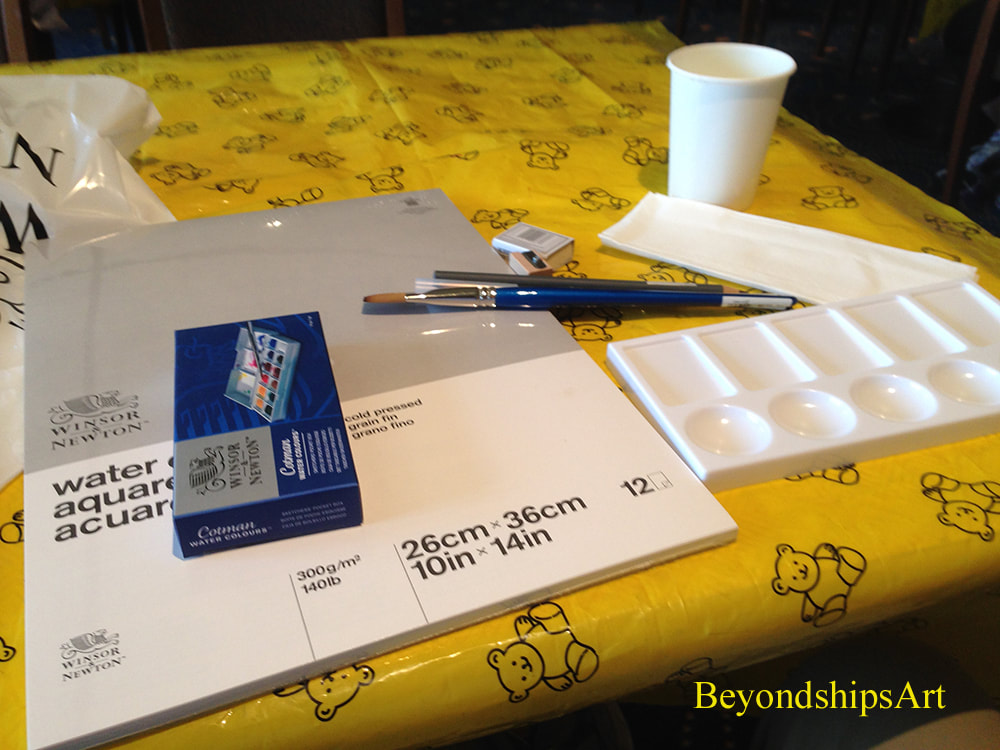
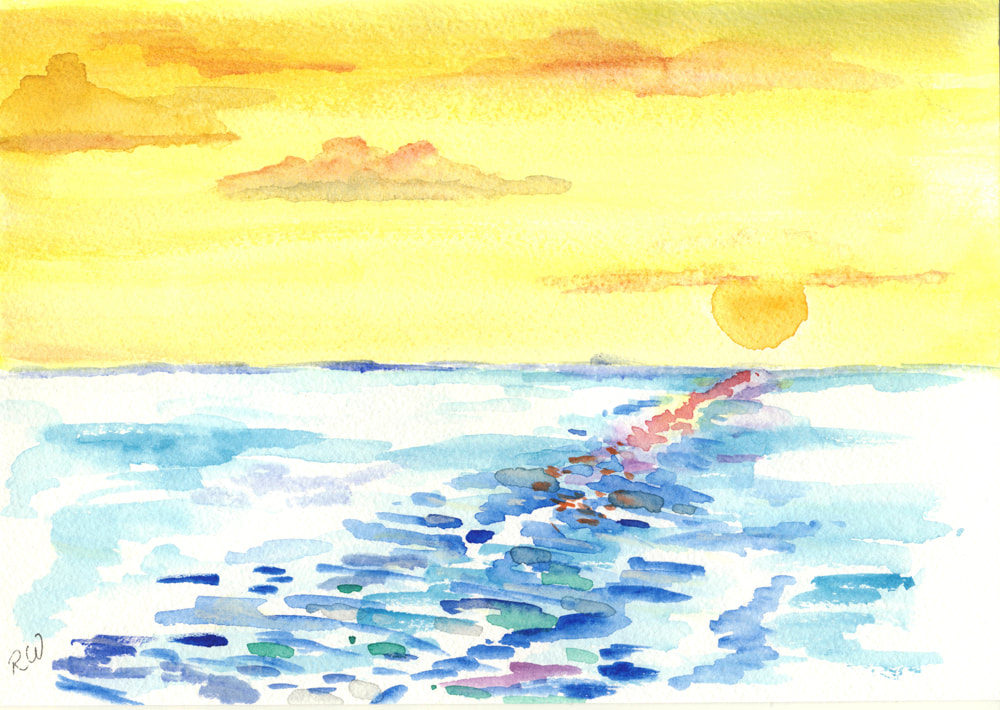

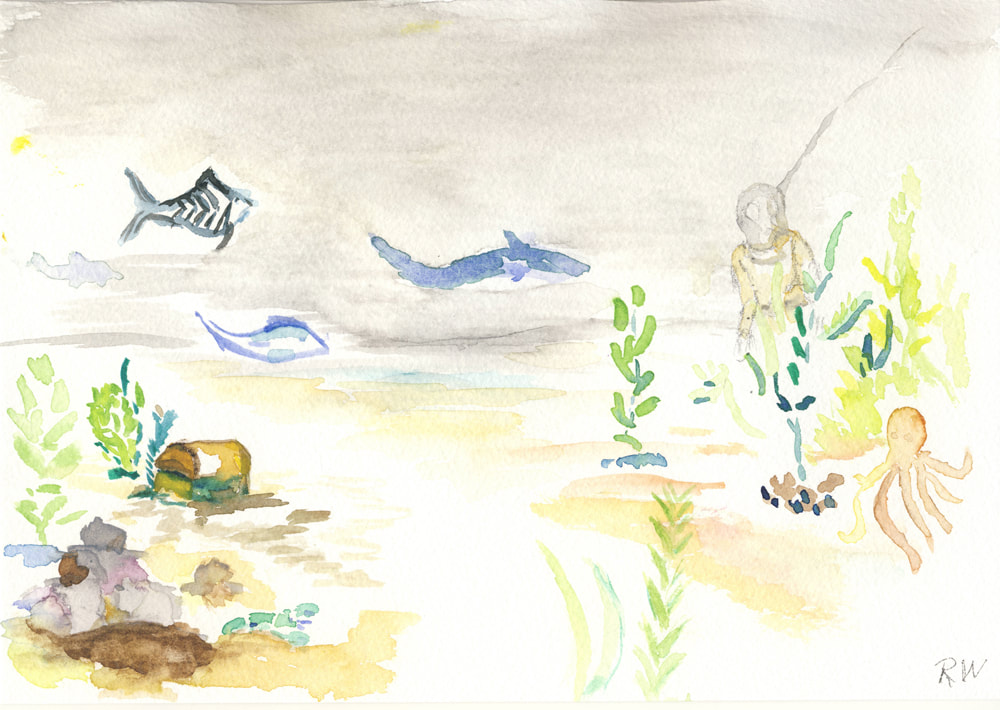

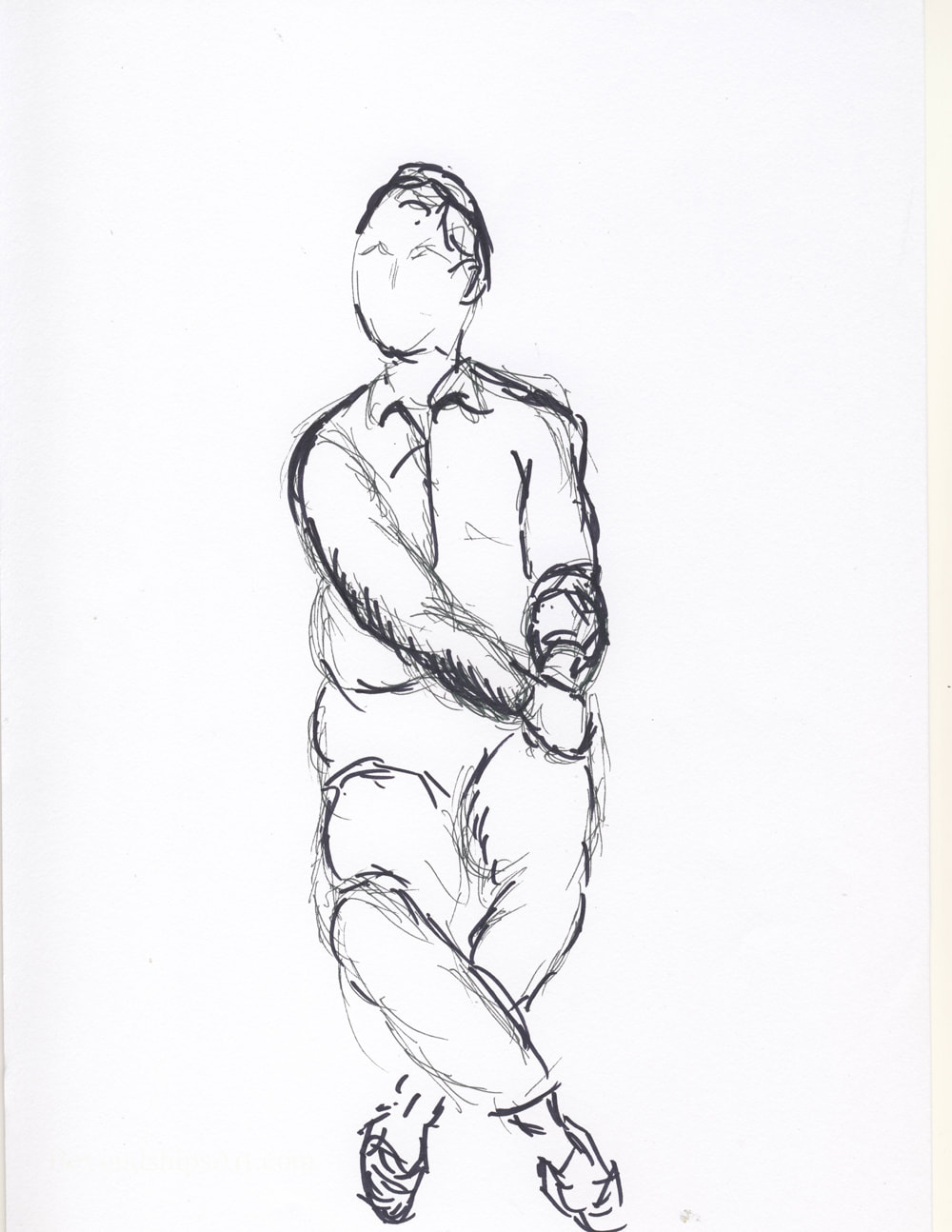
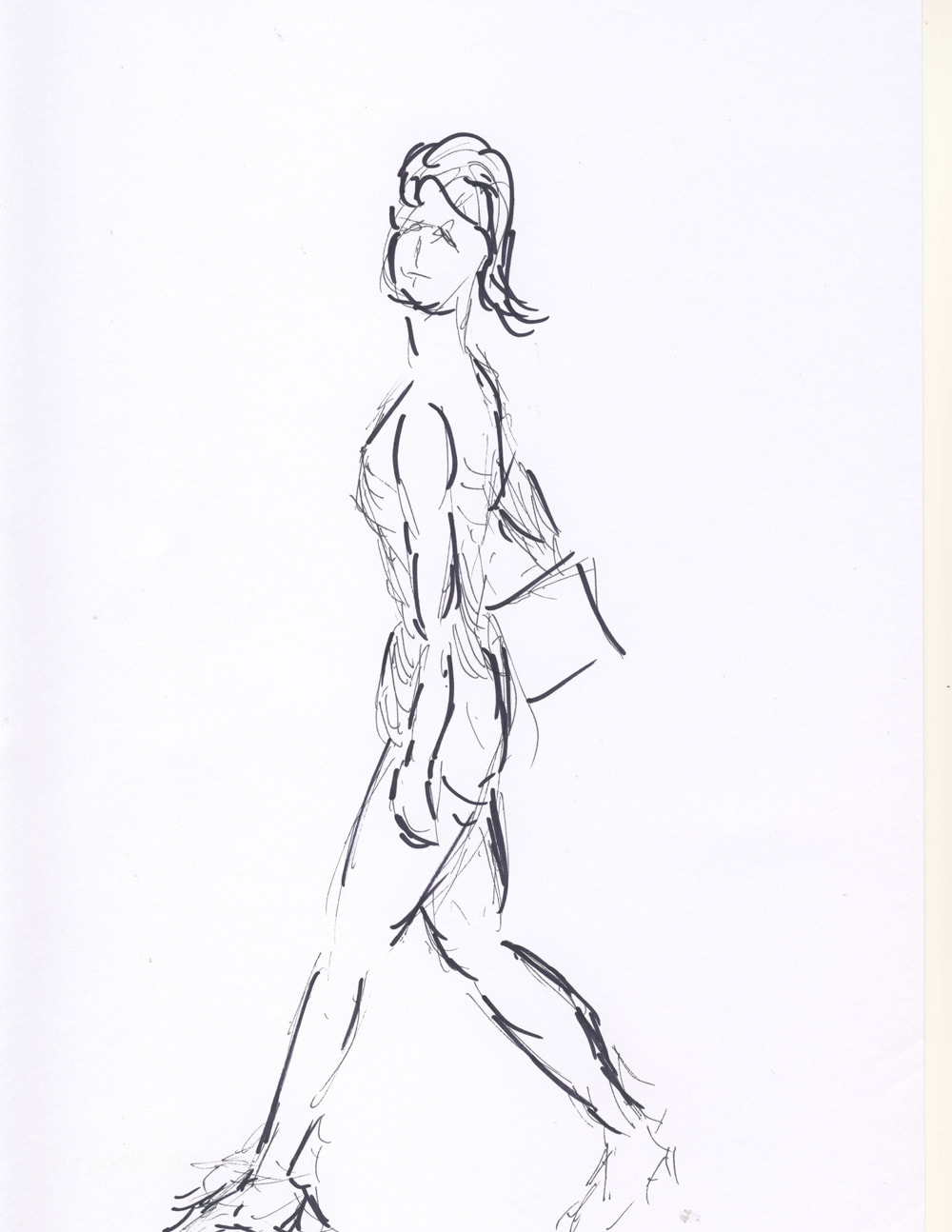
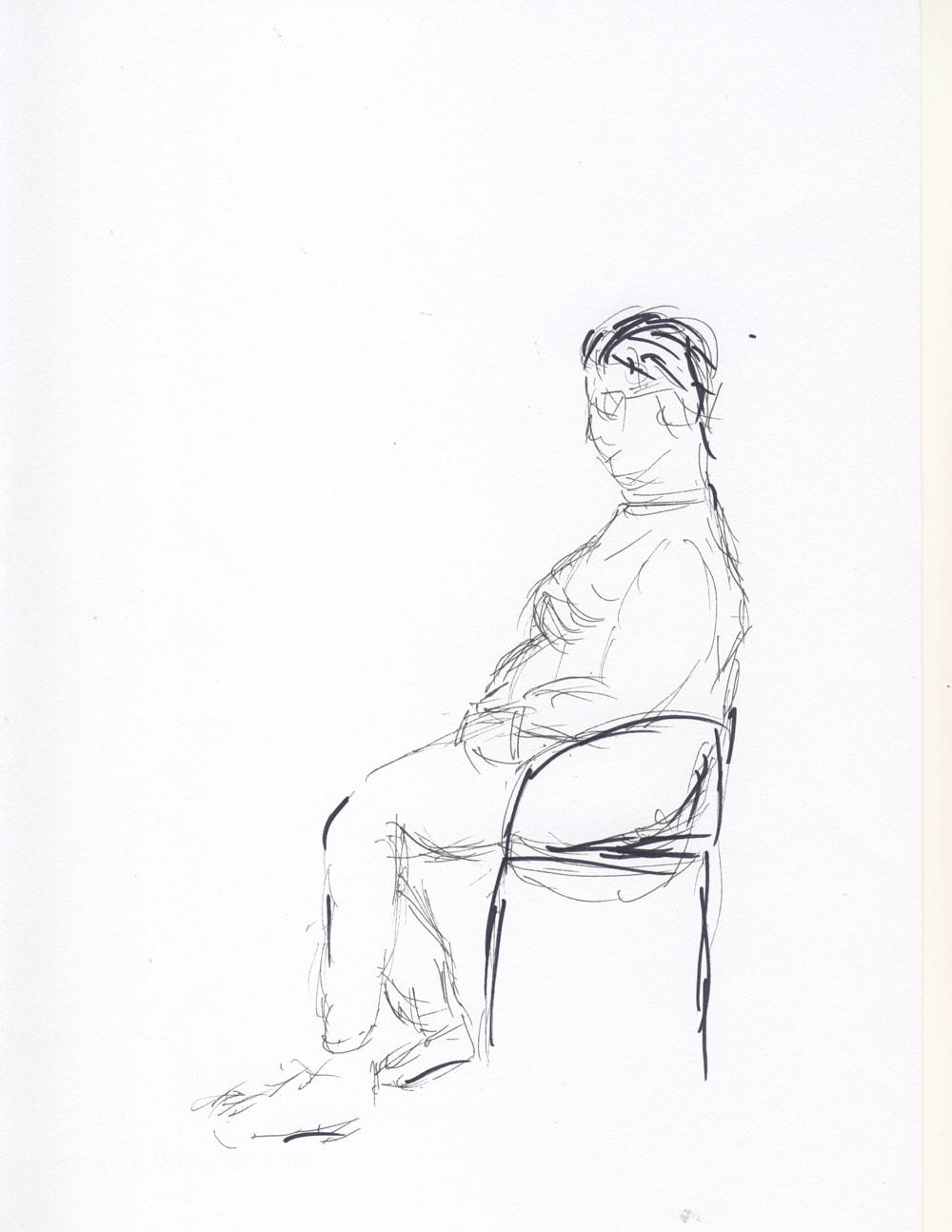
 RSS Feed
RSS Feed